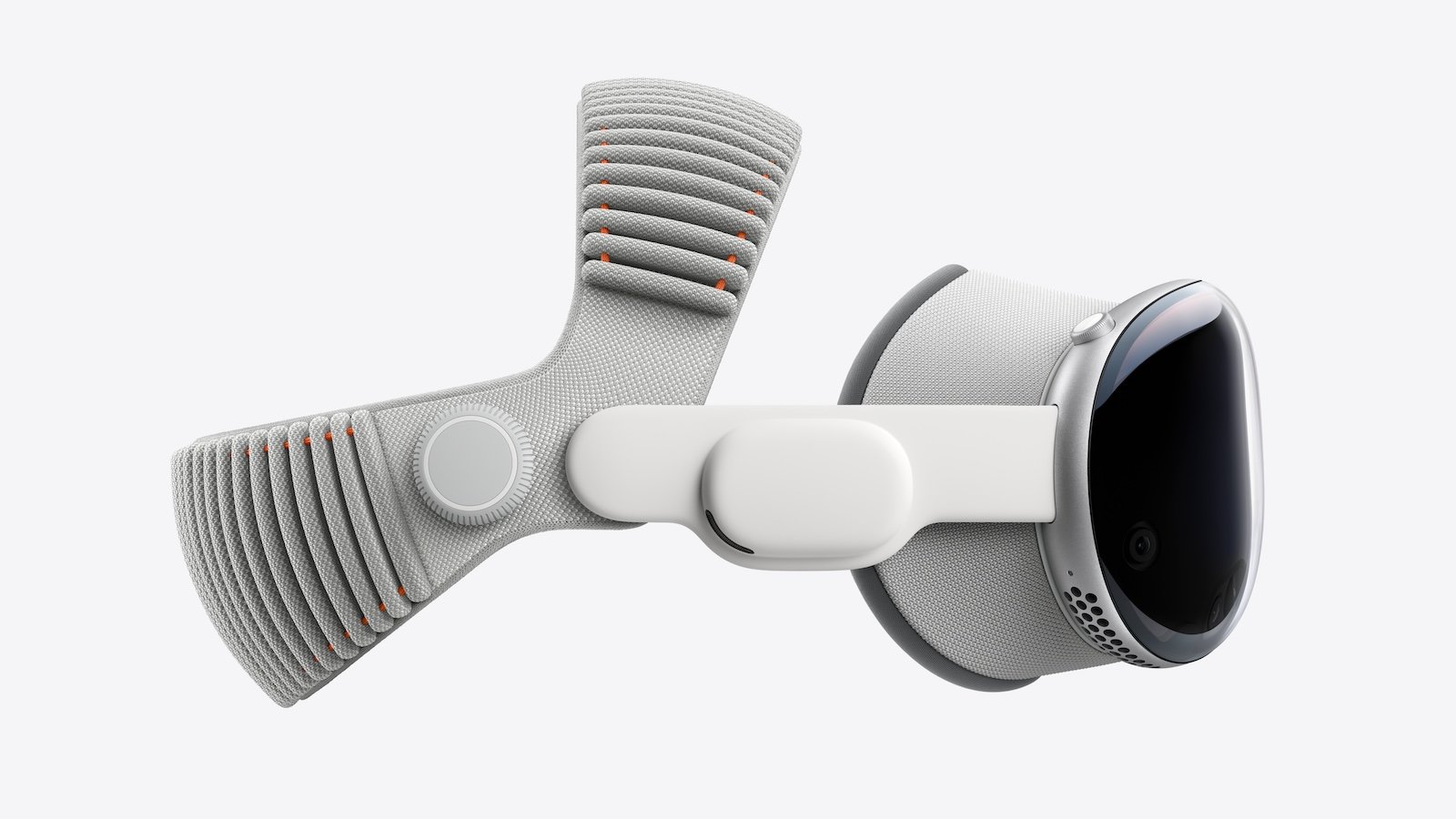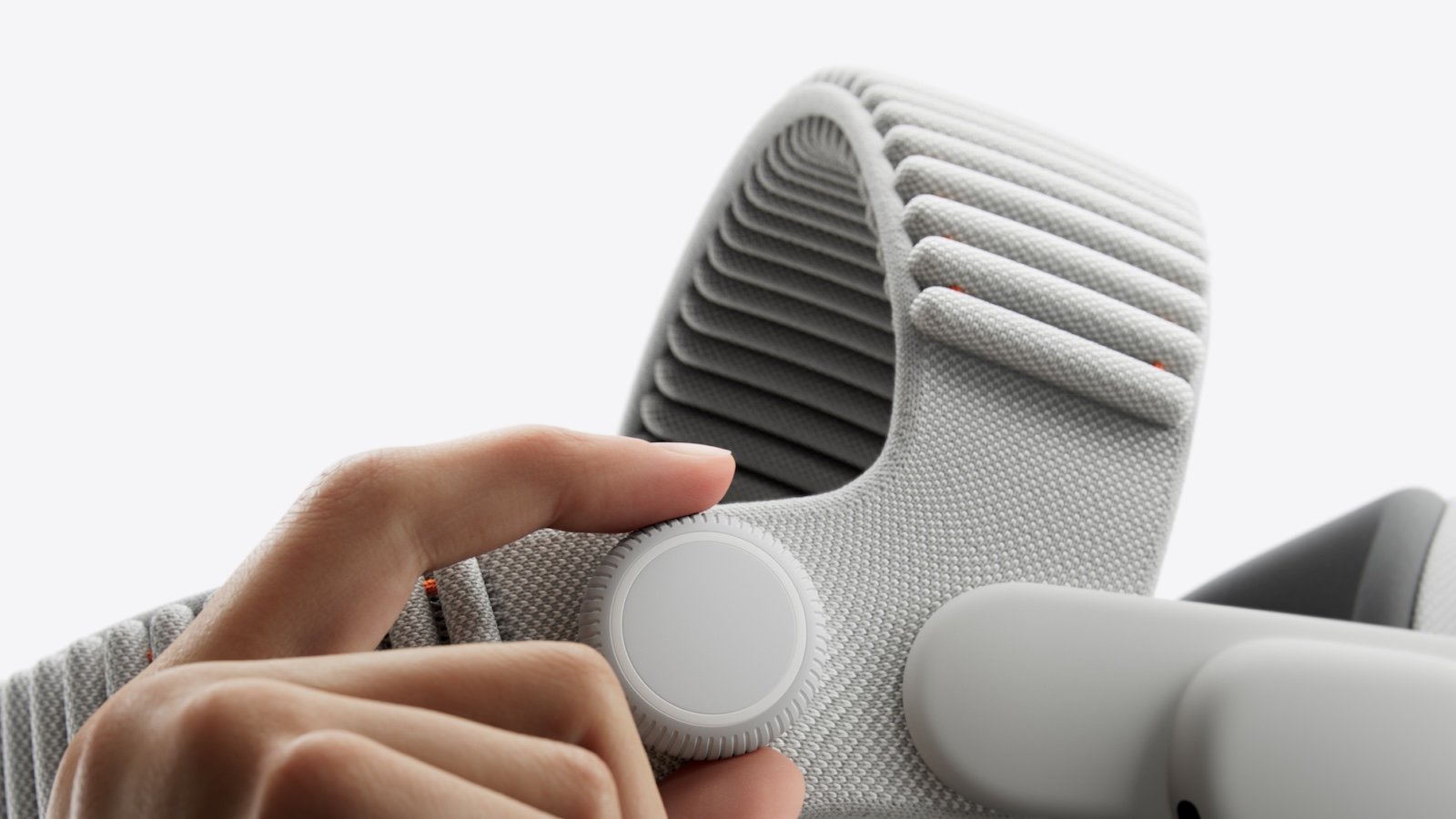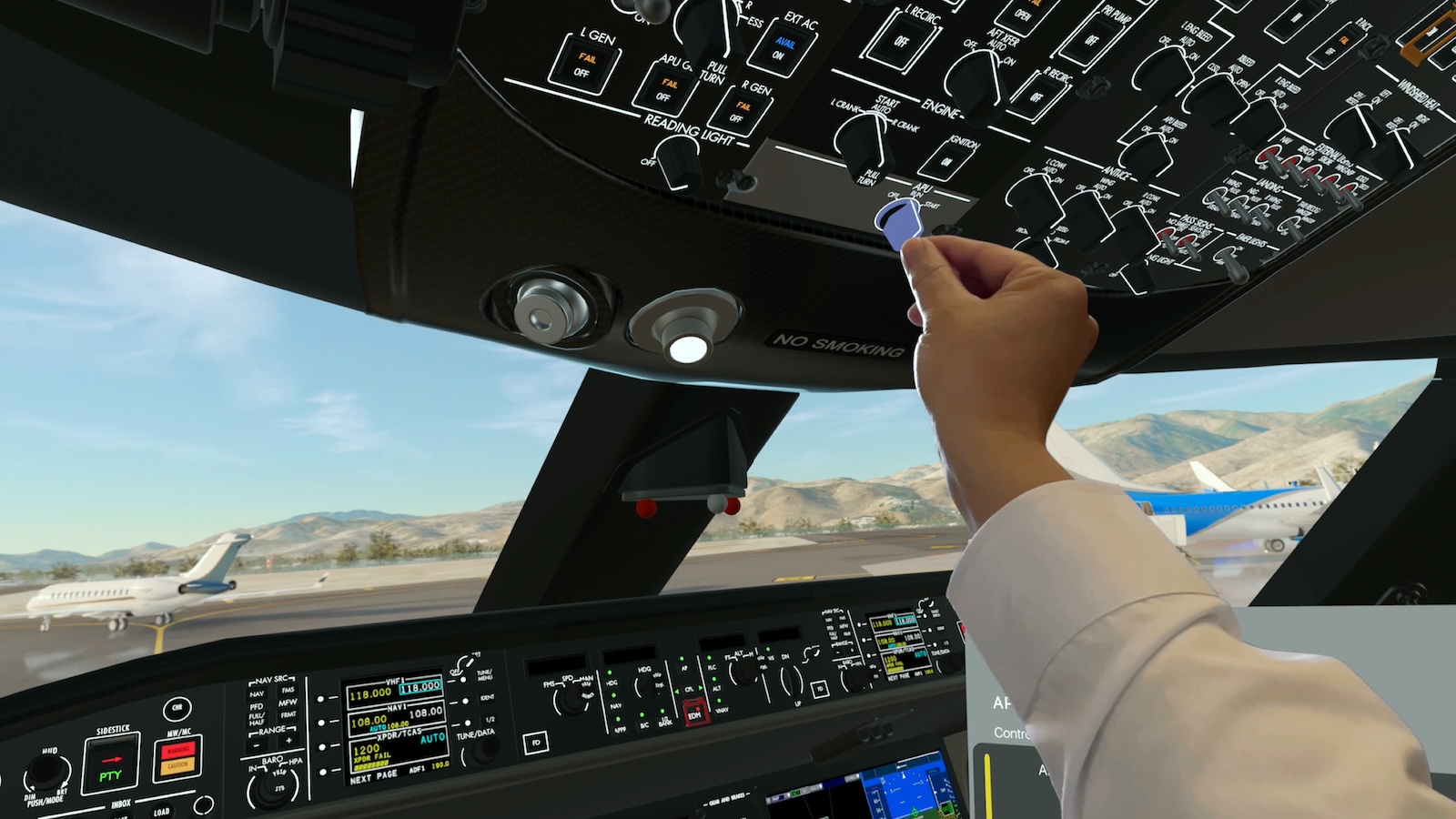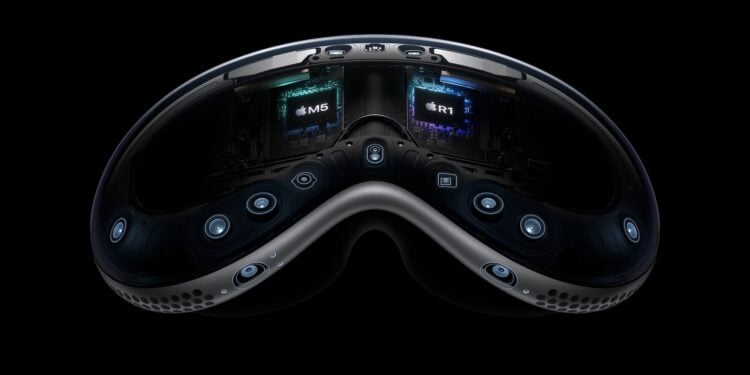The second generation of the Apple Vision Pro brings numerous improvements that make the mixed reality headset significantly more sophisticated. Apple has listened to the criticism of the first model and made improvements in the right areas. Comfort, performance, and battery life have all been noticeably improved. With the new Dual Knit Band, the M5 chip, and other technical adjustments, the headset is more powerful and more suitable for everyday use.
The first Apple Vision Pro was an impressive piece of technology, but not without its flaws. Many users criticized its weight, comfort, and occasional performance issues. With the new generation, Apple is addressing precisely these issues. The result is a redesigned headset that not only fits better, but also runs smoother, lasts longer, and offers an overall more stable user experience.
Dual Knit Band – new design for more comfort

The most striking new feature of the new Apple Vision Pro is the redesigned Dual Knit Band. The previous Solo Knit Band was uncomfortable for many, especially during extended use. Apple has learned from this and developed a new system that is better balanced and distributes the weight more evenly.
The Dual Knit Band is made from a single, 3D-knitted piece with a double-rib structure. This provides more cushioning, breathability, and stretch. The lower strap contains flexible fabric ribs with embedded tungsten inserts that act as counterweights. This reduces pressure on the face and makes the headset feel lighter overall.
The band can be fine-tuned using a new Fit Dial. It allows precise adjustments to the upper and lower straps, allowing for a personalized fit. The Dual Knit Band is available in three sizes—small, medium, and large—and can also be purchased separately. What's especially useful is that it's fully compatible with the first-generation Apple Vision Pro.

M5 chip – more performance, same storage capacity
Inside is the new M5 chip, which replaces the previous M2 processor. This step brings a significant performance boost. The M5's CPU has more cores, including two additional efficiency cores, which ensure smoother operations. Apps launch faster, the system responds more immediately, and the overall experience feels more fluid.
The M5 chip supports hardware-accelerated ray tracing and mesh shading, providing more realistic lighting and shadow effects. Complex 3D environments are rendered in greater detail without sacrificing performance.
The chip is also equipped with a new 16-core Neural Engine that performs AI and machine learning tasks up to 50 percent faster. This not only improves system functions such as spatial scene creation, but also accelerates third-party apps that rely on AI models.
One thing remains unchanged, however: Although the M5 chip in the new 14-inch MacBook Pro supports up to 32 GB of unified memory, Apple has decided to continue equipping the Vision Pro with 16 GB of RAM. This is sufficient for most applications, but could represent a long-term limit for particularly memory-intensive workflows.

Graphics and display – finer, clearer, smoother
The Micro-OLED screens remain unchanged, but the new hardware delivers visible improvements in display quality. The system now renders about 10 percent more pixels, resulting in a clearer and sharper display.
Also new is a refresh rate of up to 120 Hz. This is effective when viewing the surroundings via passthrough mode or when using the Mac Virtual Display. Previously, the limit was 100 Hz. This increase reduces motion blur and provides a more natural viewing experience.
In combination with the higher graphics performance of the M5 chip, the overall image is much smoother, which is particularly noticeable in fast movements or detailed applications.
Battery life – longer usable than before
Thanks to the increased efficiency of the M5 chip, battery life has also been improved. The new Apple Vision Pro now lasts approximately 2.5 hours of typical use, about 30 minutes longer than before. Video playback can last up to 3 hours.
If you use the headset with a power adapter, you don't have to worry about battery life. This makes the Apple Vision Pro more versatile—for both work sessions and longer periods of entertainment.
Accessories and scope of delivery – more compact and tidy
Apple has also cleaned up its accessories. The new Dual Knit Band is now exclusively included in the box. The previous Solo Knit Band and Dual Loop Band are no longer included, but can still be purchased separately.
The 30-watt power adapter remains the same. The rest of the package also remains familiar: the battery, front cover, polishing cloth, additional light sealing pad, and a 1.5-meter USB-C charging cable are still included.
In addition, new compatible devices will be released at the same time. The Logitech Muse stylus will be available starting October 22, while the PlayStation VR2 Sense controllers will hit US stores on November 11. The new Apple Vision Pro and the Dual Knit Band will also be available starting October 22 and can be pre-ordered now.
The new Apple Vision Pro M5 closes the gaps of its predecessor
The second generation of the Apple Vision Pro demonstrates that Apple is consistently pursuing its vision of spatial computing. The new model addresses many of its predecessor's weaknesses and brings noticeable improvements in comfort, performance, and battery life.
The Dual Knit Band makes wearing the headset more comfortable, the M5 chip provides significantly increased computing and graphics performance, and the battery life makes the headset more suitable for everyday use. Even though Apple has stuck with 16 GB of RAM, it strikes a good balance between performance and efficiency.
Another plus point: The entry-level price has been reduced. Instead of the previous €3,999, the new Apple Vision Pro now starts at €3,699 in Germany. This means the headset will still remain in the premium segment, but will be somewhat more attractive for those who have been hesitant.
The new Apple Vision Pro feels like the product the first model should have been—mature, powerful, and well-designed. A headset that pushes the boundaries between the real and digital worlds even further. The best products for you: Our Amazon Storefront offers a wide selection of accessories, including HomeKit accessories. (Image: Apple)
- Apple M5 vs. M4: The most important innovations at a glance
- Apple hints at 120 Hz support for upcoming Studio Display
- M5 iPad Pro vs. M4 iPad Pro: All the differences in detail
- iPhone with eSIM: A small modification with a big impact
- iPhone 17 Pro stays cool: All about the new vapor chamber
- AirPods Pro 3 vs. AirPods Pro 1: What's really changed
- Apple Watch Ultra 3 vs. Apple Watch Ultra 2: The Differences
- iPhone 17: Why this model is so convincing
- iPhone Air or iPhone 17 Pro? All the differences compared
- iPhone 17 vs. iPhone 16: All the differences in detail
- iPhone 17 Pro vs. iPhone 17 Pro Max: Differences at a glance
- iPhone Air: Seven facts about the new ultra-thin smartphone
- AirPods Pro 3: Apple's headphones with 8 exciting upgrades
- AirPods Pro 3 vs. AirPods Pro 2: The big comparison in detail
- Is the iPhone 17 Pro not worth it? The iPhone 18 Pro in focus
- Apple Watch Ultra 3 vs. Ultra 2, Series 11: Battery comparison
- iPhone 17 Pro: Everything about the new camera platform & more





